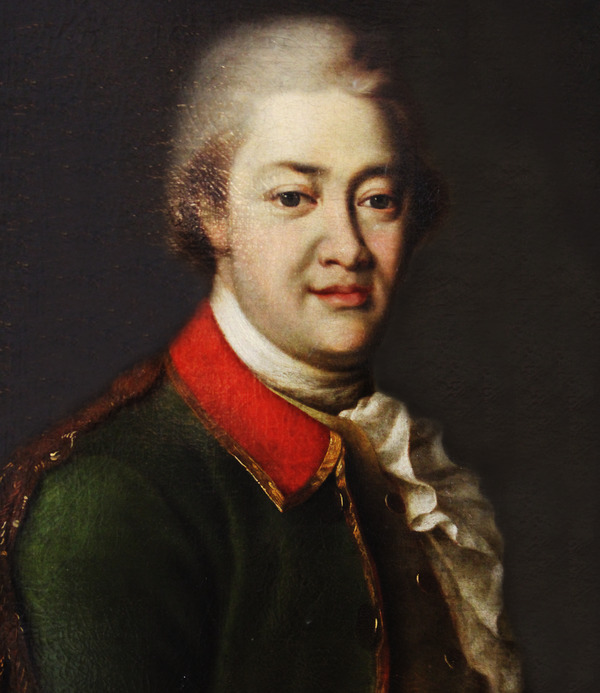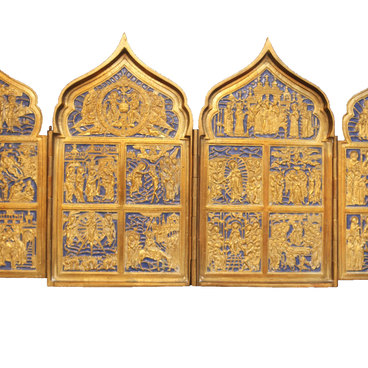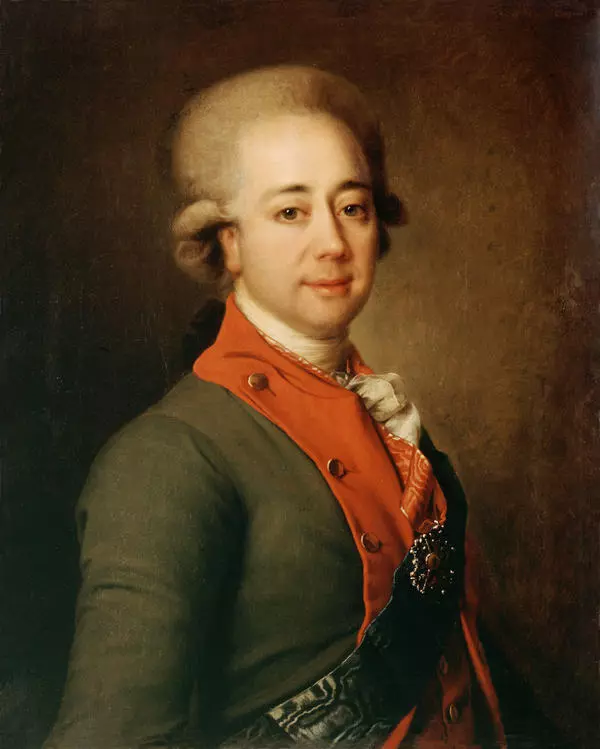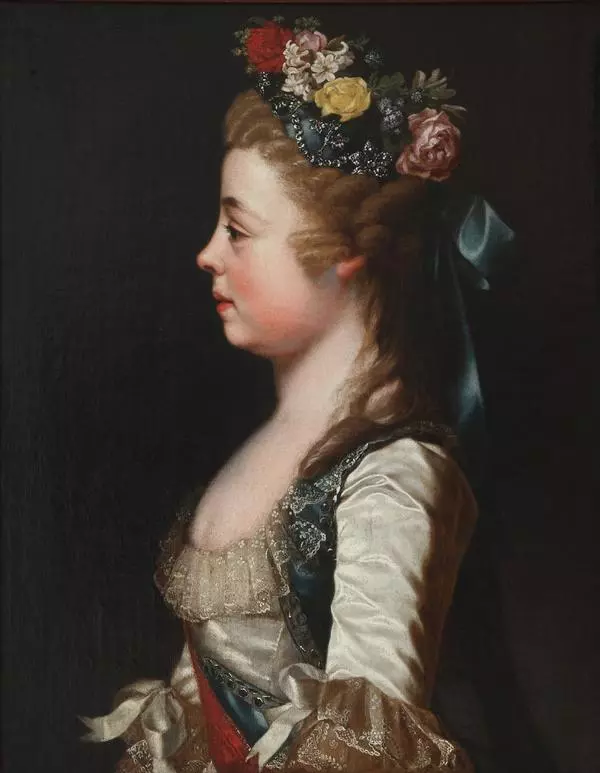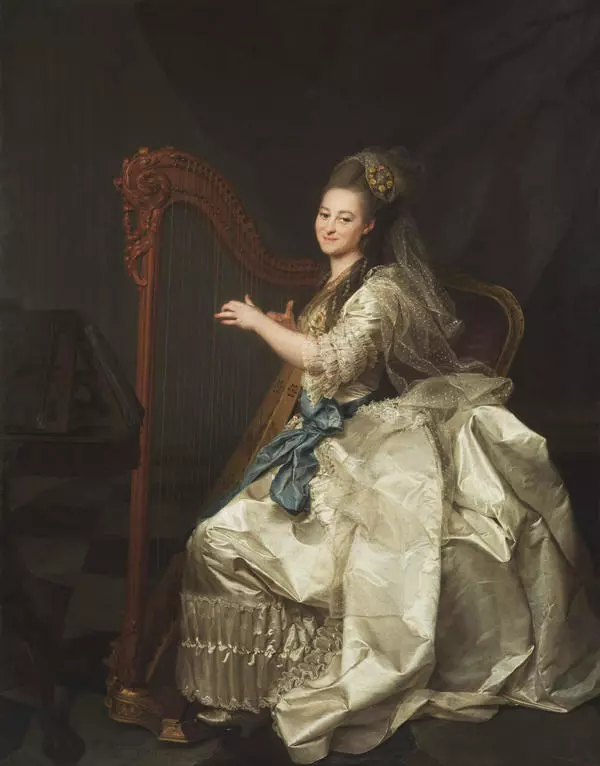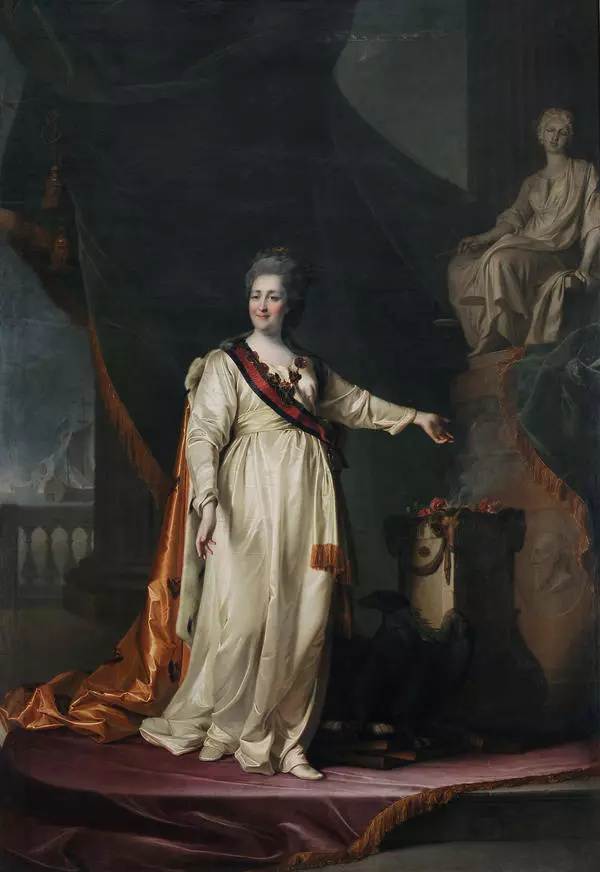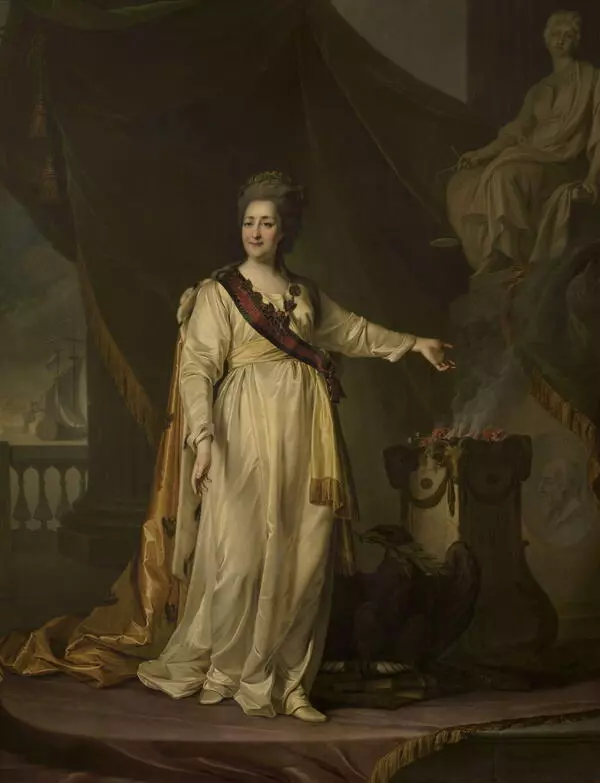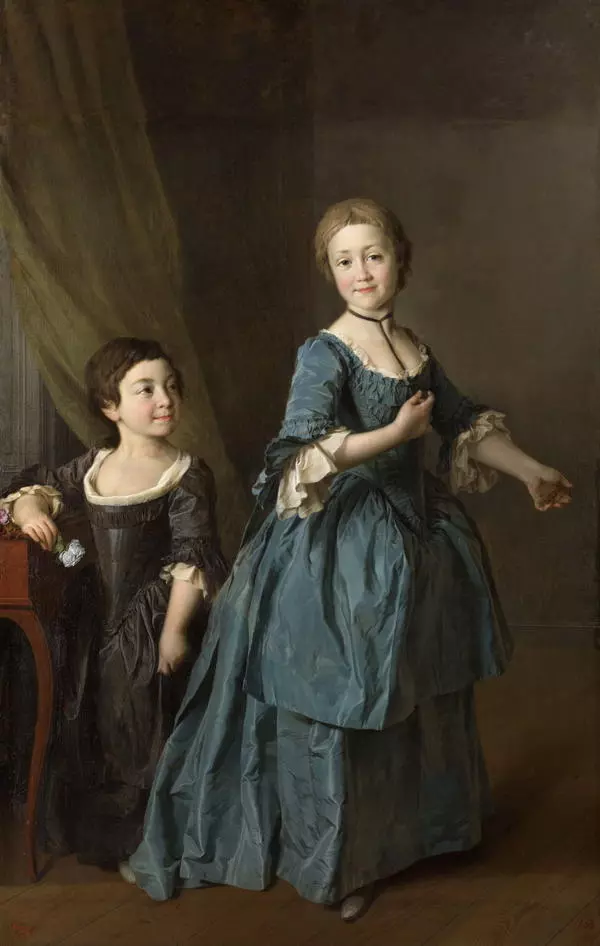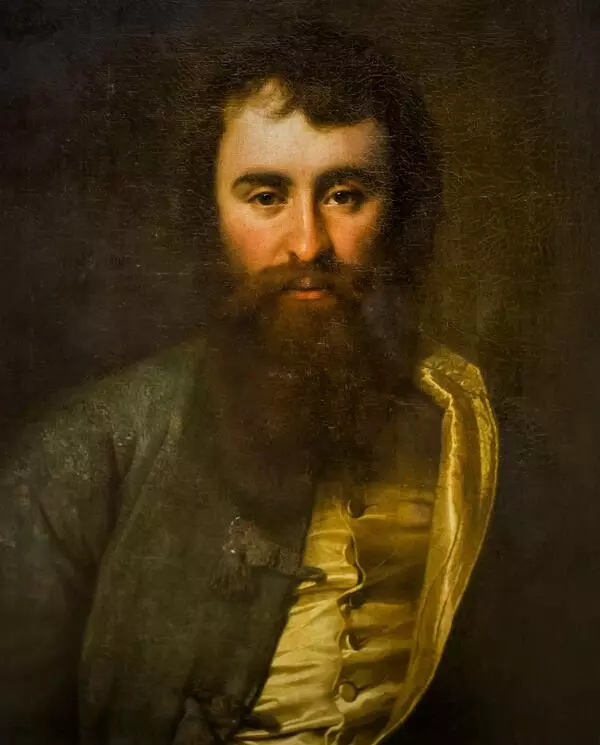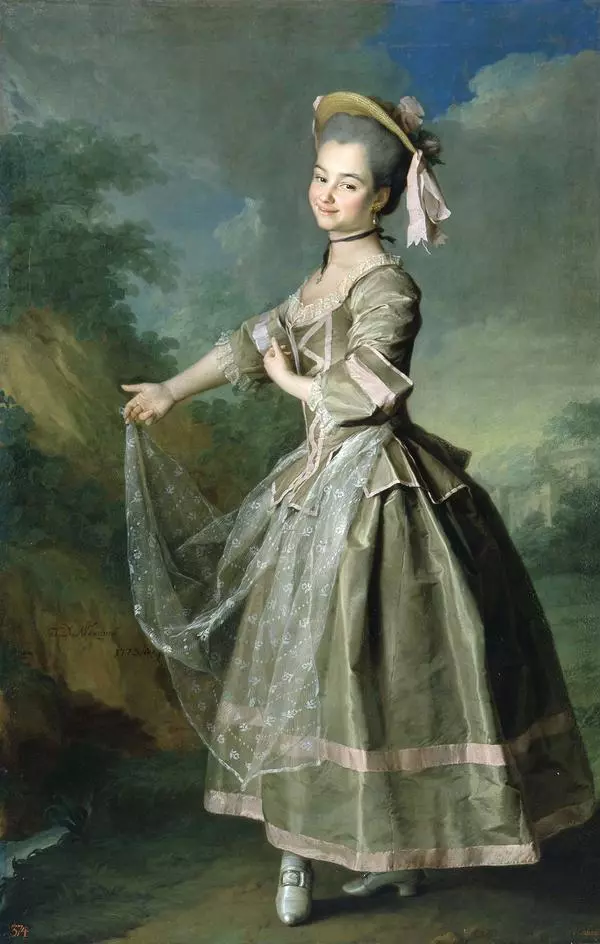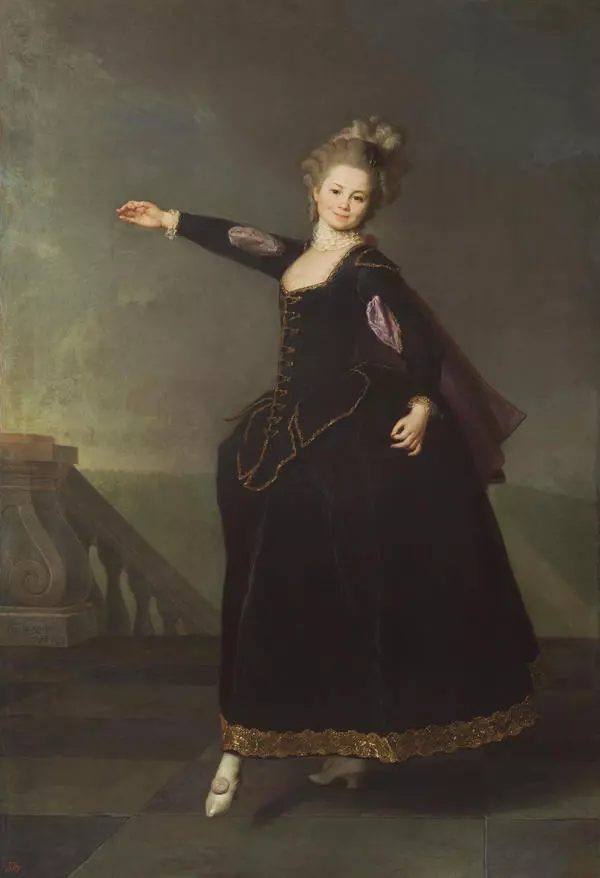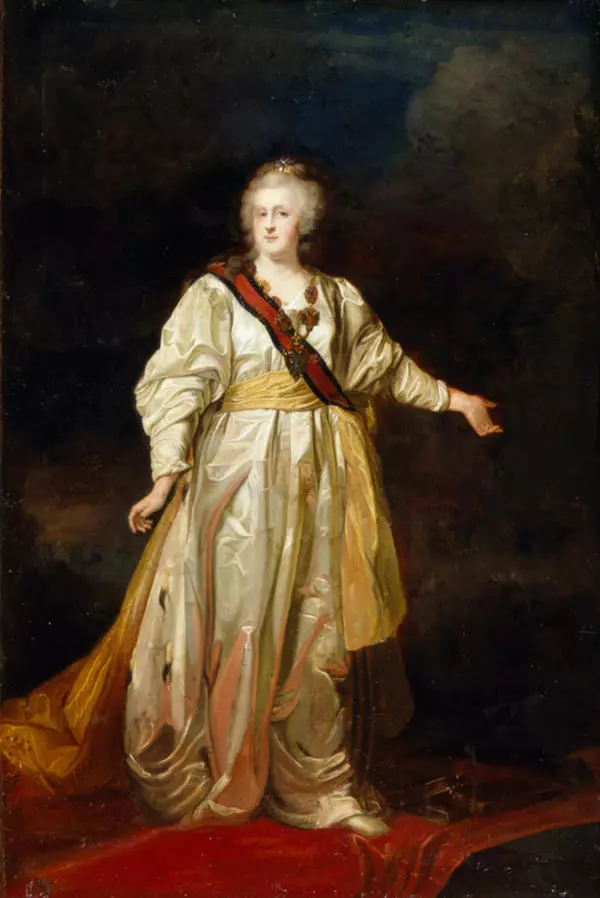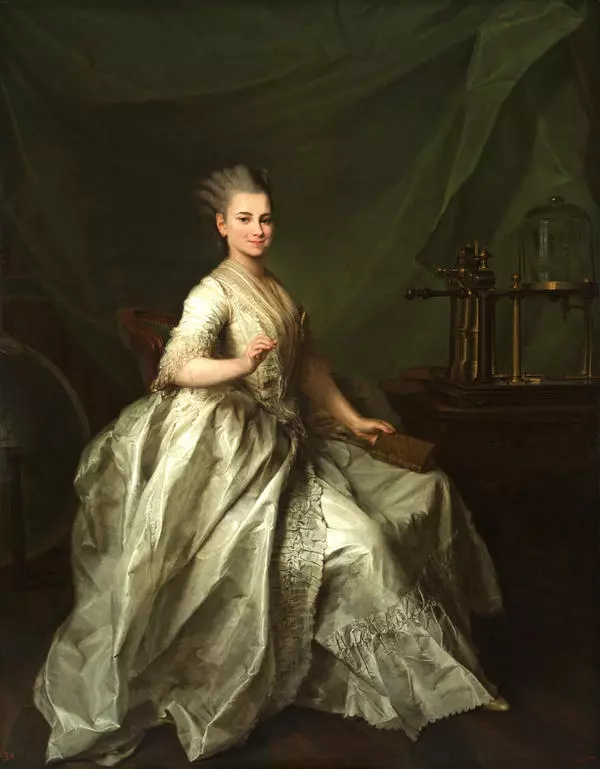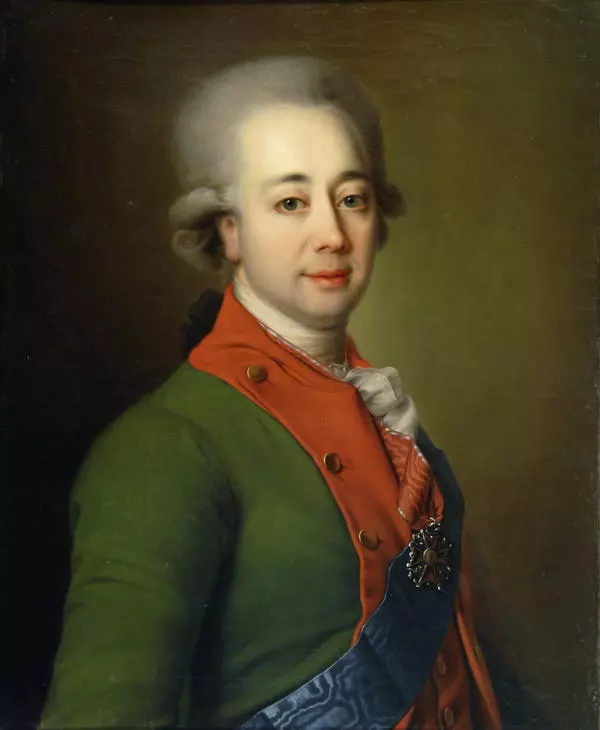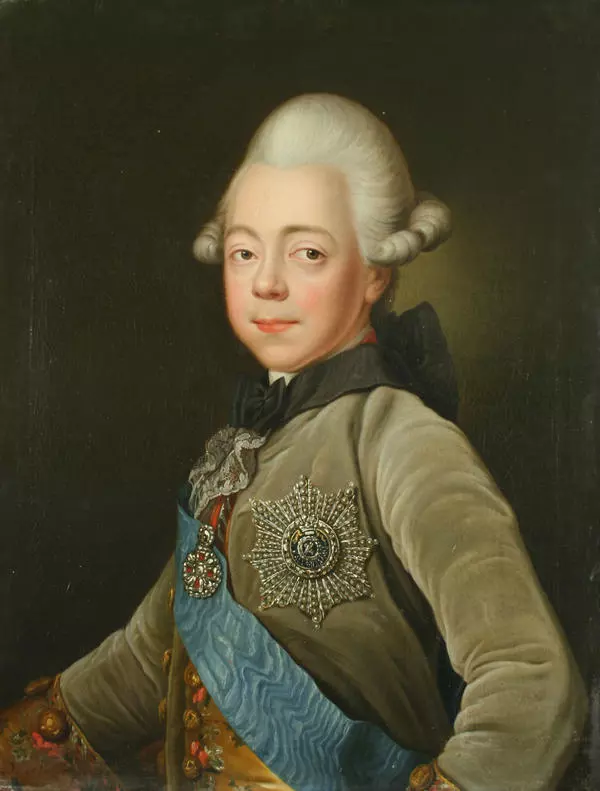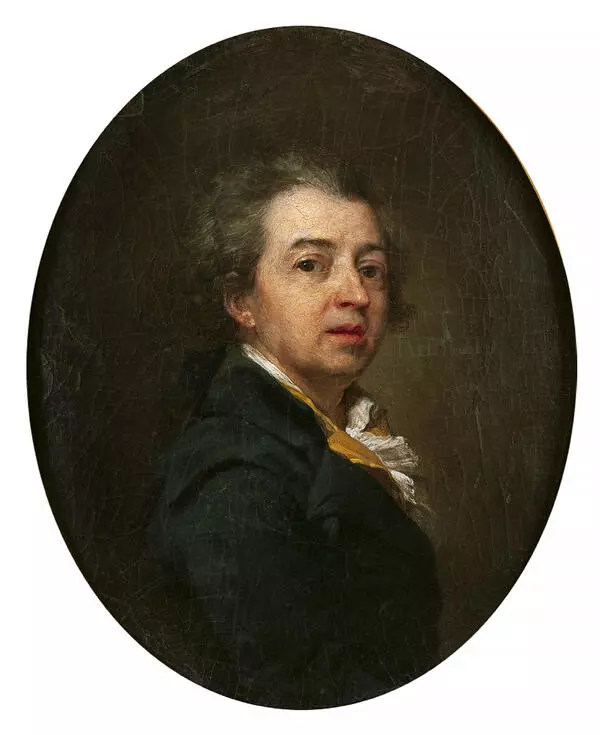Mikhail Krechetnikov was born in 1729 in Moscow and graduated from the elite Szlachta Army Corps in Petersburg. He took part in the Seven Years’ War and in the Russian-Turkish war of 1768-1714 including the famous battle of Kagul. Krechetnikov finished his military career in 1771. He transferred to civil service as lieutenant-general: first he became the governor of Pskov, then was appointed as the ruler of Tver vicarious authority.
Kaluga vicarious authority was established in 1776 by the order of Catherine II. The position of viceroy was equal to the one of the governor-general and Krechetnikov was appointed. The Tula vicarious authority was soon transferred under his authority and then the Ryazan one, however for only four years.
Krechetnikov initiated the reconstruction of Kaluga and was the co-author of the new town planning project. He worked jointly with architect Petr Nikitin who previously conducted a successful redevelopment project in Tver. The historic city center still preserves the structure of the 1779 plan.
Before his service in Kaluga, as Pskov Governorate viceroy, Krechetnikov lived in a residence in Polotsk. The actual power in that city was in the hands of the Society of Jesus, prohibited by the Roman Pope Clement XIV. Catherine II invited the persecuted Jesuits to live in Belorussian provinces, and Polotsk soon transformed under their influence. It turned into a European city in its spirit and appearance. Many Gothic and Renaissance architectural traditions that Krechetnikov saw in Polotsk inspired him in his work on Kaluga redevelopment plan.
In Kaluga Krechetnikov restructured into the Opera House the stone barn building gifted by a local wealthy merchant, built the Stone Bridge over the ravine similar to Roman aqueducts, restored the Moscow gates that did not survive until now. He also initiated the construction of Gostiny Dvor shopping arcade and public offices.
The Kaluga architecture of that period was characterized by many Renaissance features. According to Krechetnikov’s design, when entering the city, the panorama of the main city square was supposed to resemble the view of the Doge Palace in Venice. The idea could be realized compositionally and architecturally only after his death.
Mikhail Krechetnikov passed away on May 9, 1793 in western Ukraine. He was granted the title of count posthumously.
Kaluga vicarious authority was established in 1776 by the order of Catherine II. The position of viceroy was equal to the one of the governor-general and Krechetnikov was appointed. The Tula vicarious authority was soon transferred under his authority and then the Ryazan one, however for only four years.
Krechetnikov initiated the reconstruction of Kaluga and was the co-author of the new town planning project. He worked jointly with architect Petr Nikitin who previously conducted a successful redevelopment project in Tver. The historic city center still preserves the structure of the 1779 plan.
Before his service in Kaluga, as Pskov Governorate viceroy, Krechetnikov lived in a residence in Polotsk. The actual power in that city was in the hands of the Society of Jesus, prohibited by the Roman Pope Clement XIV. Catherine II invited the persecuted Jesuits to live in Belorussian provinces, and Polotsk soon transformed under their influence. It turned into a European city in its spirit and appearance. Many Gothic and Renaissance architectural traditions that Krechetnikov saw in Polotsk inspired him in his work on Kaluga redevelopment plan.
In Kaluga Krechetnikov restructured into the Opera House the stone barn building gifted by a local wealthy merchant, built the Stone Bridge over the ravine similar to Roman aqueducts, restored the Moscow gates that did not survive until now. He also initiated the construction of Gostiny Dvor shopping arcade and public offices.
The Kaluga architecture of that period was characterized by many Renaissance features. According to Krechetnikov’s design, when entering the city, the panorama of the main city square was supposed to resemble the view of the Doge Palace in Venice. The idea could be realized compositionally and architecturally only after his death.
Mikhail Krechetnikov passed away on May 9, 1793 in western Ukraine. He was granted the title of count posthumously.

